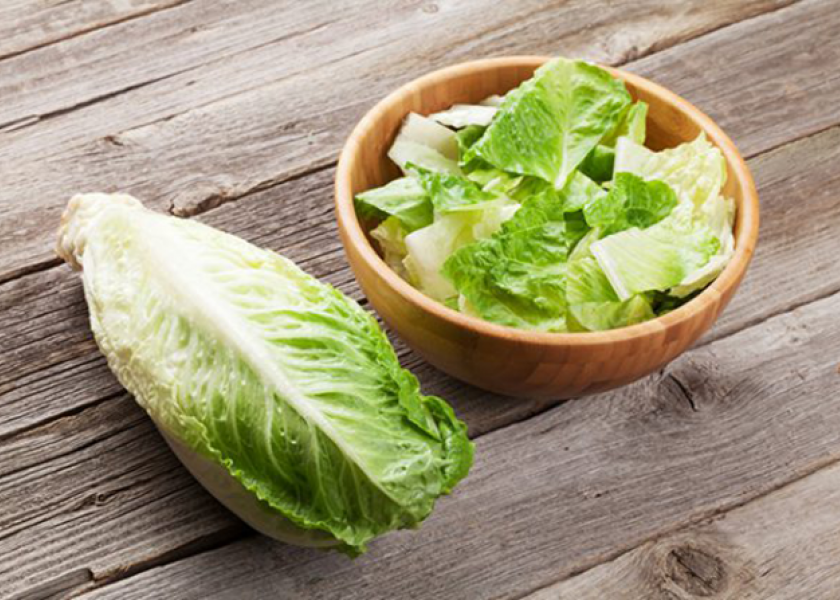CPMA: better communication needed between FDA and CFIA

The imposition of new import requirements on U.S. romaine lettuce by the Canadian Food Inspection Agency could have been avoided with better communication between U.S. and Canadian food safety officials, according to Ron Lemaire.
Lemaire, president of the Canadian Produce Marketing Association, said that there is a need for stronger communication between the CFIA and the Food and Drug Administration to prevent future barriers to trade.
“We’re hoping to see further discussions between FDA and CFIA,” he said Oct. 5. “This potentially could have been avoided.”
Lemaire said several trade associations, including CPMA, the United Fresh Produce Association, the California Leafy Greens Marketing Agreement, the Produce Marketing Association and Western Growers, were involved in field tours with CFIA and FDA officials earlier this year. The tours were organized to try to make sure that CFIA had “comfort” around the production of the safety of romaine coming out of California, considering foodborne illness outbreaks related to romaine during the past three years.
“At that time, CFIA had asked FDA to ensure there were measures in place (to prevent outbreaks), and those measures never happened,” he said.
Lemaire said the agencies need to decide how they can effectively work together and ensure that appropriate measures are in place that meet the needs of CFIA to eliminate the requirement of testing.
“I hate to put all the pressure back on government, but the reality is this has been imposed, and now the requirement is a leadership role from FDA to come forward with a clear set of measures that won’t handicap the industry, but will enable a trade of product without barriers.”
Turbulent times
Lemaire said Oct. 5 that the industry has faced a “turbulent nine days” since the CFIA published its draft regulation on romaine imports.
“The industry is still trying to understand how they can adapt was such a short window of change,” he said.
While the government has been looking at the regulation for some weeks, it only started to engage with the industry association since about Sept. 28.
While the CFIA is acting to protect Canadians, Lemaire said the one-week consultation process on the import requirements is “extremely tenuous” for everybody.
CPMA and other associations have communicated to the Canadian government that type of rushed process can’t be repeated in the future.
Lemaire said there is too much at risk, for food safety and also food security in a pandemic scenario, especially considering that Canada is coming into a season when virtually all of its romaine supply is imported.
“Shippers cannot adjust to a market demand that requires testing and the prescriptive manner that’s being required, so we in Canada are concerned about consumer access to product,” he said.
Lemaire said the new water measures put in place by the Leafy Greens Marketing Agreement have already raised the bar for food safety.
“We’re very confident that Canadians would have been able to enjoy romaine in a safe way, but the unintended consequences of putting the testing in place means (some) shippers deciding not to ship and shortages potentially occurring in the market because of those decisions,” he said.
“So when we look at that, we’re looking at anywhere between $11 million to $13 million impact to the Canadian market per week, beginning this week.”
Q&A document
U.S. and Canadian produce associations have combined to provide a continuously updated document answering questions on the import requirements for U.S. romaine lettuce.
The online document was prepared by the Arizona and California Leafy Green Marketing Agreements, the Canadian Horticultural Council, the CPMA, the PMA, United Fresh and Western Growers.
The groups said the document will be submitted to the CFIA for review and will be updated as required, including a link to CFIA’s guidance once available.
Related articles
Romaine import requirements raise alarm
Canada starts new rules on romaine
CFIA works with produce operators







